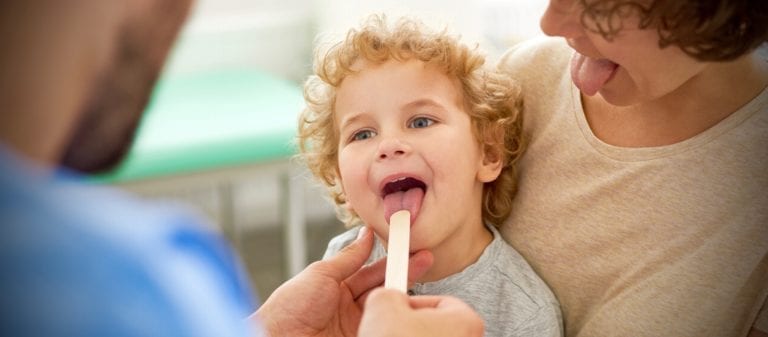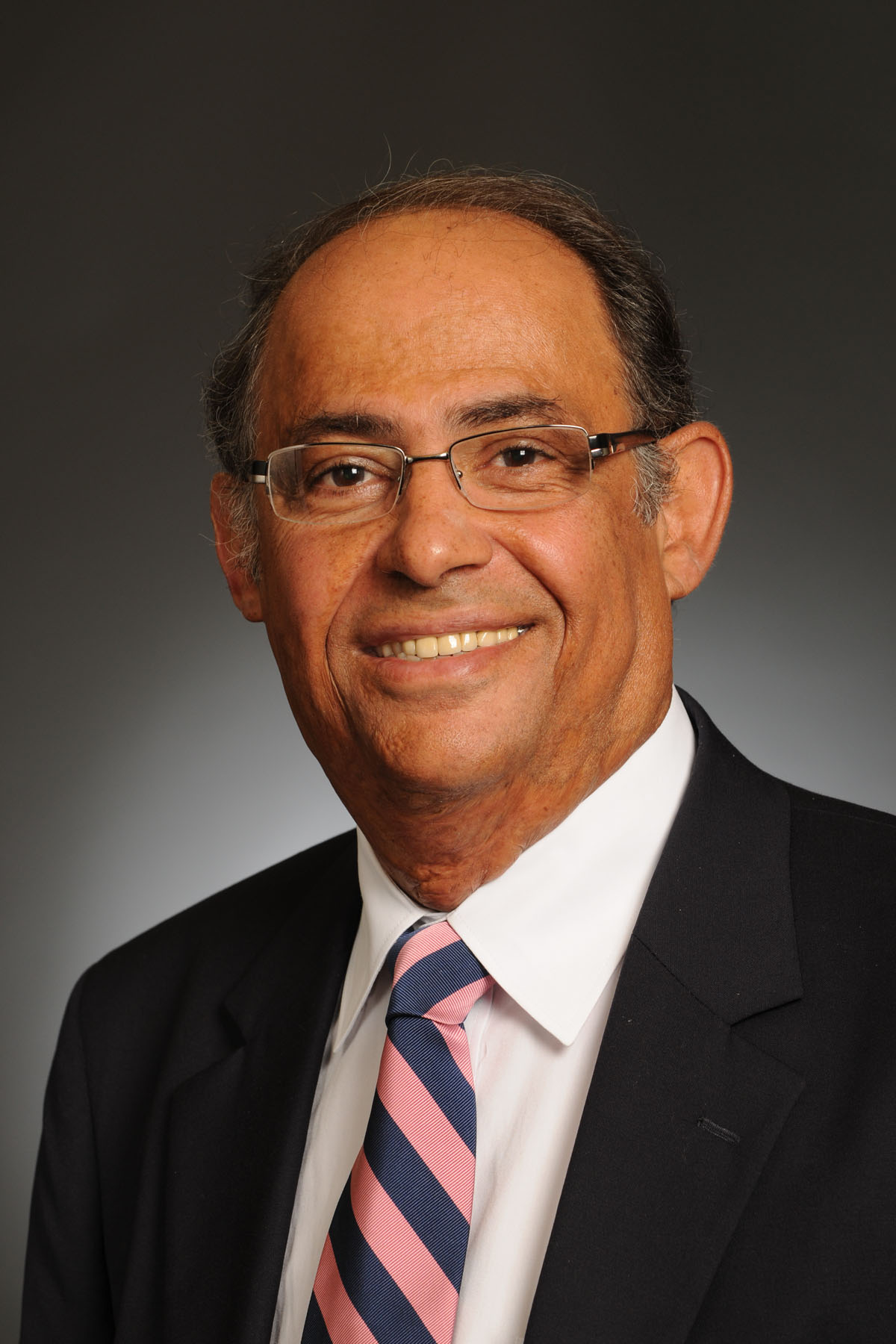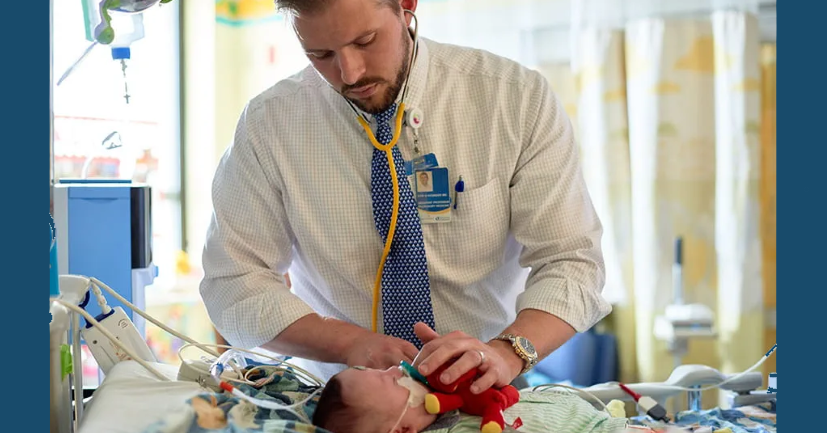Experts Share Clinical Guideline for Tonsillectomy
Research By: Raouf Amin, MD
Post Date: June 25, 2019 | Publish Date: Jan. 1, 2011

Pediatric surgeons perform more than 500,000 tonsillectomies a year to treat recurrent throat infections and sleep-disordered breathing (SDB).
Raouf Amin, MD, Director of Pulmonary Medicine here, joined a national panel of experts who laid out guidelines for the procedure in the journal Otolaryngology—Head and Neck Surgery. The guideline makes recommendations on preoperative, intraoperative, and postoperative care.
Among the findings:
- A “strong recommendation for” administering a single, intraoperative dose of intravenous dexamethasone.
- A “strong recommendation against” routinely administering or prescribing perioperative antibiotics.
For throat infections, debate continues about the benefits of tonsillectomy vs. observation and medical treatment. But co-authors say that a growing body of evidence shows that tonsillectomy is an effective treatment for SDB.
Various studies have reported that tonsillectomy improved or resolved SDB in most children. With the sleep disorder resolved, follow-up study indicates that children showed improvements in behavior, school performance, and quality of life.
While this minor procedure poses extremely low risk of mortality, small percentages of children experience morbidities including bleeding, throat pain, postoperative nausea and vomiting, delayed feeding, and voice changes. The new guidelines provide best-practices to help clinicians and surgeons standardize otherwise highly variable procedure rates.
Other recommendations from the guidelines include:
- Watchful waiting for recurrent throat infection if there have been fewer than 7 episodes in the past year; or fewer than 5 episodes per year in the past 2 years; or fewer than 3 episodes per year in the past 3 years.
- Assessing the child who may not meet frequency criteria for modifying factors that may favor tonsillectomy, such as multiple antibiotic allergy/intolerance, periodic fever, aphthous stomatitis, pharyngitis and adenitis, or history of peritonsillar abscess.
- Asking caregivers of children with SDB about co-morbid conditions that might improve after tonsillectomy, including growth retardation, poor school performance, enuresis, and behavioral problems.
Learn more about the Sleep Apnea and Sleep Disorders Clinic at Cincinnati Children’s.
| Original title: | Clinical Practice Guideline: Tonsillectomy in Children |
| Published in: | Otolaryngology–Head and Neck Surgery |
| Publish date: | Jan. 1, 2011 |







